Posts on Happily Homegrown contain affiliate links. When you make a purchase through an affiliate link, your price will be the same, but Happily Homegrown will receive a small commission. Thank you for your support!
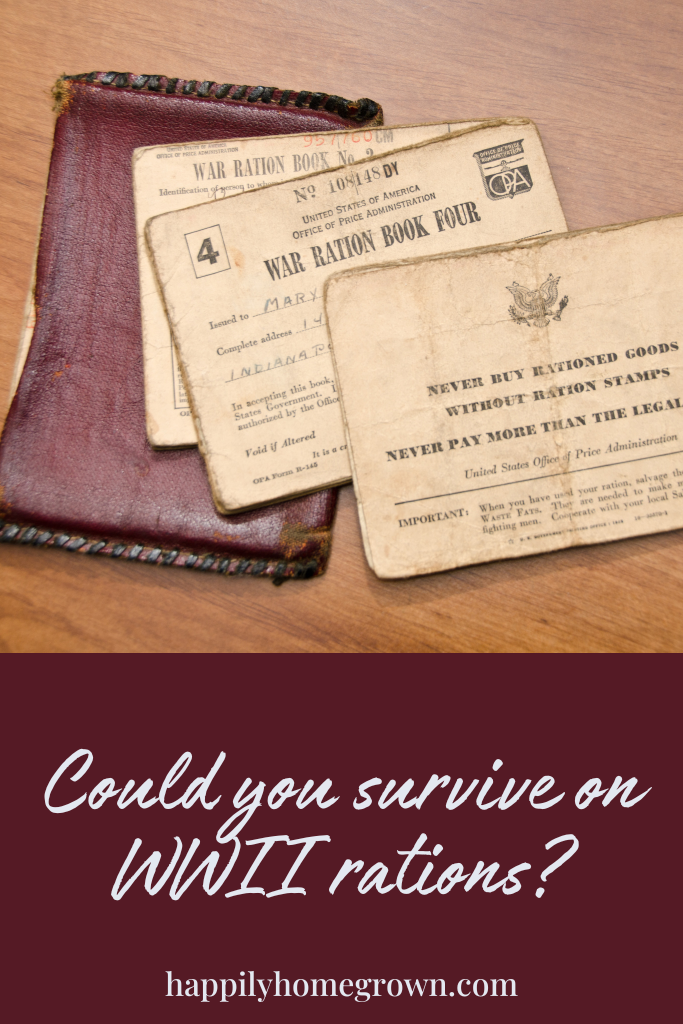
I recently watched a video where a woman lived on the rations allowed in the 1940s UK. In a single week, as a single adult, her ration was:
4oz bacon/sausage
2oz butter
2oz margarine
4oz cooking fat
2oz cheese
8oz sugar
2oz jam
2oz tea
1 egg
That got me thinking about rationing in the US during the same time, and the ration books here weren’t so straightforward. The government assigned point values to foods and allotted each person 64 red points for meat, fish, dairy, and fats, and 48 blue points for bottled, canned, or frozen fruits, vegetables, and soups. The U.S. did not ration chicken, milk, eggs, or fresh fruits and vegetables.
What would my rations be as a family of 5?
Each adult, child, and baby was allowed the same rations. For our family of 5, we would have 320 red and 240 blue points available weekly.
Many people get confused when talking about rationing and think that the rationed foods were free or just given to each person. That was not the case! You would have to budget your points and your money to ensure your family had enough to eat each week.
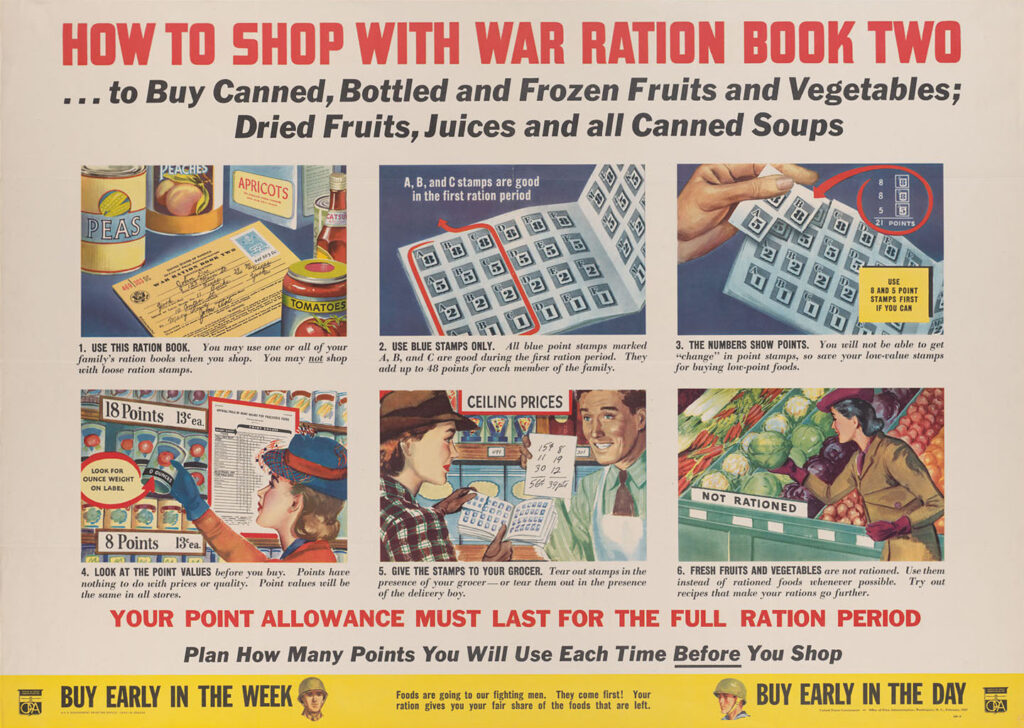
What foods were rationed?
Rationing in the United States was different from the UK and other parts of the world.
In the United States, sugar, coffee, beef, veal, lamb, pork, fish, butter, fats/oils, evaporated and condensed milk, cheeses, and processed fruits & vegetables were rationed. Poultry, eggs, spam, fresh milk, fresh fruits & vegetables were not included in rationing.
From my research, foods such as bread, crackers, cereals, flour, tea, and even whiskey were not rationed. However, there were food shortages nationally and regionally that would impact the availability of items.
Shortages Lead to Victory Gardens and Creativity
Those food shortages paved the way for Victory Gardens and creativity in the kitchen. It was your patriotic duty to be frugal and put the needs of the soldiers ahead of yourself.

The American government encouraged everyone to grow a Victory Garden so that more of the commercially grown produce could go to our soldiers. People were encouraged to grow their own food, raise backyard chickens for eggs & meat, and to can their extra produce. Various booklets were published teaching you how much food to grow per person, how to save seed, how to can and preserve the harvest, and how to stretch what you have.
Many recipes came out during this time encouraging housewives to really stretch the rationed goods they have and focus their meals on items that weren’t being rationed.
People were also encouraged to get creative in the kitchen. This is the time when nothing was wasted. You mended what was damaged, cooked and used the whole animal, and didn’t let perishable foods go to waste. This creativity carried over to one pot meals that could stretch rationed proteins, pies made with bread or crackers instead of flour as a thickener, and using apples or carrots as sweeteners instead of sugar for their natural sweetness.
Grocery Rations for a Family of 5 in 1943
My grandparents lived in Philadelphia in the mid-1940s so I am using pricing from our region to create the budget, meal plan, and shopping list.
Imagine you are a family of five, you have a modest Victory Garden, and 7 laying hens (2 per adult, and one for each child in the family). You have an annual salary of $1,800 (since you live near the big city) and spend about 20% of that on your groceries. That leaves you with a weekly grocery budget of about $7-10.
You are a frugal housewife and want to keep your grocery budget to under $7 and use your ration points wisely. You have 320 Red Points and 240 Blue Points to use each week.
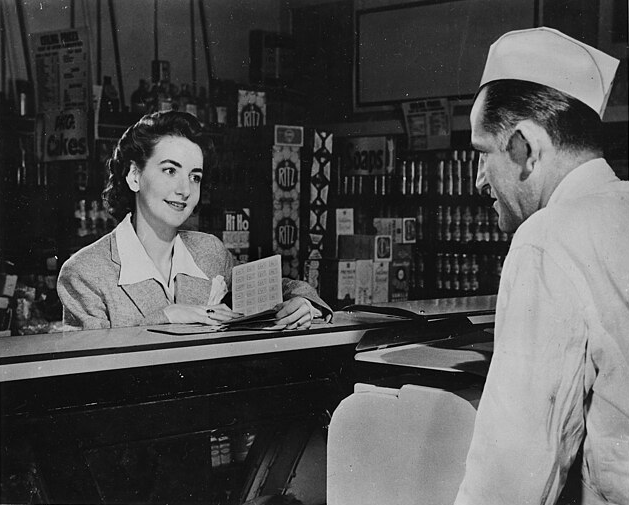
The goal is to shop for low-cost, high-nutrition staples to keep your family fed. You will be preparing 3 meals each and every day.
Often the money would run out before your ration points would, especially if you have a modest Victory Garden and laying hens at home. If you had previously preserved fruits and vegetables, you would be in even better shape with your weekly grocery budget.
Typical Meal Plan for a Family of 5
Day 1
Breakfast: Scrambled eggs (fresh eggs) & homemade bread with jam, coffee/tea with milk
Lunch: Peanut butter & jam sandwiches, fresh berries
Dinner: Roast whole chicken with potatoes and steamed garden greens
Snack: Popcorn
Day 2
Breakfast: Oatmeal with canned peaches or fresh berries, tea with milk
Lunch: Egg salad sandwiches (eggs + mayo), crackers
Dinner: Pasta with canned tomato sauce and cheese, side of canned corn
Snack: Crackers with jam
Day 3
Breakfast: Fried eggs, homemade bread with butter, coffee with milk
Lunch: Vegetable soup (garden + canned tomatoes), bread
Dinner: Bean stew with dried beans, onions, and garden vegetables, potatoes
Snack: Popcorn
Day 4
Breakfast: Oatmeal with jam, tea with evaporated milk
Lunch: Peanut butter sandwiches, fresh berries or jam
Dinner: Ground beef meatloaf, mashed potatoes, steamed canned corn
Snack: Crackers with cheese
Day 5
Breakfast: Scrambled eggs, homemade bread with butter, coffee/tea
Lunch: Leftover meatloaf sandwiches, garden salad with homemade dressing
Dinner: Chicken soup with vegetables and noodles (pasta), bread
Snack: Popcorn
Day 6
Breakfast: Pancakes (flour, eggs, milk) with jam, tea with milk
Lunch: Vegetable soup, crackers
Dinner: Pasta with canned tomato sauce and cheese, steamed potatoes
Snack: Fresh berries or jam on crackers
Day 7
Breakfast: Oatmeal with dried fruit or jam, coffee/tea with milk
Lunch: Egg salad sandwiches, garden salad
Dinner: Baked chicken leftovers, beans and potatoes
Snack: Popcorn
This menu feels simple to me because we are accustomed to snacking often and having a variety of condiments on the ready at all times. I’m certain that this way of eating was probably healthier (especially if we stayed away from the margarine) and grew more of the produce ourselves.
Grocery List: 1943 vs 2025 with Ration Points
| Item | Qty | Red Pts | Blue Pts | 1943 Price | Est. 2025 Price |
|---|---|---|---|---|---|
| Whole chicken | 1.5 birds (~5 lbs) | 45 | 0 | $1.90 | $9.00 |
| Ground beef | 1 lb | 20 | 0 | $0.50 | $5.00 |
| Cheese (cheddar) | 0.25 lb | 2 | 0 | $0.13 | $1.25 |
| Butter | 0.25 lb | 4 | 0 | $0.18 | $1.25 |
| Peanut butter | 0.5 lb | 0 | 0 | $0.25 | $1.75 |
| Flour | 5 lbs | 0 | 0 | $0.30 | $3.50 |
| Sugar | 1 lb | 0 | 0 | $0.10 | $1.00 |
| Oatmeal | 1 lb | 0 | 0 | $0.08 | $1.50 |
| Dried beans | 1 lb | 0 | 0 | $0.10 | $1.75 |
| Potatoes | 10 lbs | 0 | 0 | $0.25 | $5.00 |
| Onions | 2 lbs | 0 | 0 | $0.10 | $1.20 |
| Spaghetti | 1 lb | 0 | 0 | $0.15 | $1.50 |
| Elbow macaroni | 1 lb | 0 | 0 | $0.15 | $1.50 |
| Canned tomatoes | 2 cans | 0 | 16 | $0.40 | $2.00 |
| Canned corn | 1 can | 0 | 8 | $0.20 | $1.00 |
| Evaporated milk | 2 cans | 0 | 16 | $0.50 | $2.00 |
| Coffee | 0.5 lb | 0 | 0 | $0.40 | $6.00 |
| Tea | 0.25 lb | 0 | 0 | $0.25 | $3.00 |
| Crackers | 0.5 lb | 0 | 0 | $0.15 | $2.00 |
| Popcorn kernels | 1 lb | 0 | 0 | $0.10 | $1.50 |
| Fresh milk (gallon) | 1 gallon | 0 | 0 | $0.85 | $4.50 |
| Vinegar | 8 oz | 0 | 0 | $0.10 | $1.25 |
| Mustard | small jar | 0 | 0 | $0.10 | $1.50 |
| Mayonnaise | small jar | 0 | 0 | $0.20 | $3.50 |
Totals
1943 Total Cost: $7.94 – under budget!
2025 Estimated Cost: ~$63.20
Ration Points Used:
Red Points: 71 of 320
Blue Points: 40 of 240
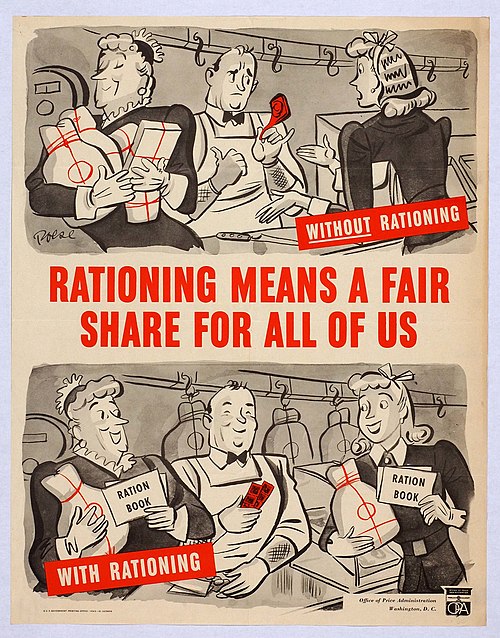
Final Thoughts
During World War II, American families had to stretch every dollar and ration point to keep food on the table. With budgets of just $7-10 a week, and limits on everything from meat to canned goods, home cooks had to get creative. Backyard hens, kitchen gardens, and home-canned goods made all the difference. I’m always inspired by the resourcefulness of that era—how families came together, planned carefully, and made the most of what they had. It’s a reminder that with a little planning and creativity, it’s possible to feed your family well, even during challenging times.

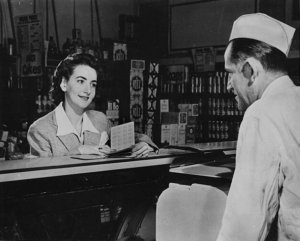




 Beginner’s Guide to Water Bath Canning
Beginner’s Guide to Water Bath Canning
Leave a Reply